Autonomy of submarine cable infrastructure - a mandatory mission for every country
More than 98% of the world’s international Internet traffic, from emails, financial transactions, to video calls, is being transmitted through a network of more than 600 active submarine cables, with a total length of up to 1.3 million km. It is an undeniable fact that submarine cables are irreplaceable infrastructure, the physical backbone of the digital world . In the future, no matter how much technology develops, submarine cables will still be the world’s main international connection infrastructure.

Viettel Solutions has built a plan to develop international connectivity infrastructure with a long-term vision to 2045.
However, this important infrastructure is increasingly affected by geopolitical issues. The technological war between the superpowers has turned the undersea cables into a strategic front.
Reliance on third-party infrastructure brings inherent risks such as connection stability, where decisions to upgrade, repair or even disconnect can be influenced by geopolitical factors.
Finally, there is the economic risk of having to accept higher bandwidth rental prices and losing business opportunities on the infrastructure that you are using. Therefore, autonomy in submarine cable infrastructure has become a mandatory clause for every country that wants an independent and prosperous digital future.
Currently, the world's data centers (Hubs) are concentrated in several countries such as the US, the Netherlands, the UK, France, Japan, Singapore, China... on the three main continents of the US, Europe, and Asia. Singapore is the largest Hub in Asia with more than 39 international submarine optical cables connecting to it. It also has many large Data Centers with the presence of many telecommunications networks and many large global technology corporations.
Viettel's actions
Recognizing the importance of digital infrastructure, the Vietnamese Government has set out very clear directions and goals. Resolution 71/NQ-CP of the Government sets out an action plan, concretizing the spirit of Resolution 57-NQ/TW, emphasizing the task of increasing investment and improving infrastructure for science and technology, especially telecommunications and Internet infrastructure.
The resolution requires the development of systems that meet the criteria of redundancy, connectivity, safety and sustainability, from 5G, 6G networks to high-speed broadband optical cable systems.
To materialize this vision, the information and communications infrastructure planning sets an ambitious goal: by 2030, Vietnam will deploy at least 10 new submarine optical cable lines, bringing the total number of submarine optical cable lines to at least 15, with a total minimum capacity of 350 Tbps.
In particular, it is necessary to be self-sufficient in the fiber optic cable system by putting into operation at least 2 undersea fiber optic cable lines owned by Vietnam, directly connecting to Digital Hubs in the region.
This strategy aims to ensure that the national connection capacity is large enough, diverse in direction and resilient to incidents. The larger goal is to turn Vietnam into one of the region's data centers (Data Hub), competing with the current large Hubs.
Taking the lead in realizing the national strategy, Viettel Group, represented by its member Viettel Solutions, has developed a comprehensive international connectivity infrastructure development plan with a long-term vision to 2045 and a detailed implementation plan to 2030.
The turning point in Viettel Solutions’ strategy this time lies in the change in investment model. Previously, Vietnamese network operators, including Viettel, mainly participated in submarine cable projects as members of a Consortium. In this model, many network operators from different countries would contribute capital to build a common cable line. This model helps share investment costs but also comes with dependence on the common decisions of the alliance.

Viettel Solutions signed a memorandum of understanding with Singtel to cooperate in deploying the Vietnam - Singapore submarine cable line.
Now, Viettel Group is setting a much more challenging goal. According to the plan, from now until 2030, Viettel will deploy 5 new submarine cable lines. Of these, at least 1 cable line will be completely owned by Viettel, from the idea, route design, technology selection to management and operation. This will be the first time a Vietnamese enterprise has independently deployed an international submarine cable project.
This is an important step, marking the elevation of Vietnam's strategic thinking, management capacity and role in the international telecommunications sector. Gradually mastering the connection infrastructure allows Viettel to be more proactive in choosing routes and connection points, thereby meeting technical requirements for bandwidth and latency, while enhancing the stability and safety of the national Internet infrastructure.
With a methodical and long-term investment strategy, Viettel is consolidating its pioneering role, affirming its leading position in Vietnam in the field of international submarine cable infrastructure and joining the group of leading network operators in the region in terms of cross-border connectivity capacity.
Self-sufficiency in connection infrastructure not only ensures domestic transmission efficiency but also opens up opportunities to expand business activities to international markets. Submarine cable infrastructure - once considered only a technical investment - is gradually becoming a strategic asset, helping Viettel move towards a model of providing international connection services to global network operators and technology corporations, contributing to generating foreign currency revenue for the country.
In the digital age, data flow is the lifeblood of the economy. Mastering the submarine cable infrastructure is mastering this lifeblood. Viettel’s strategy is not just a simple business plan but an indispensable part in realizing the nation’s vision of a technologically autonomous Vietnam with a worthy position on the global digital map.
Source: https://vtcnews.vn/tu-chu-cap-quang-bien-chien-luoc-de-viet-nam-dinh-vi-tren-ban-do-so-toan-cau-ar954602.html



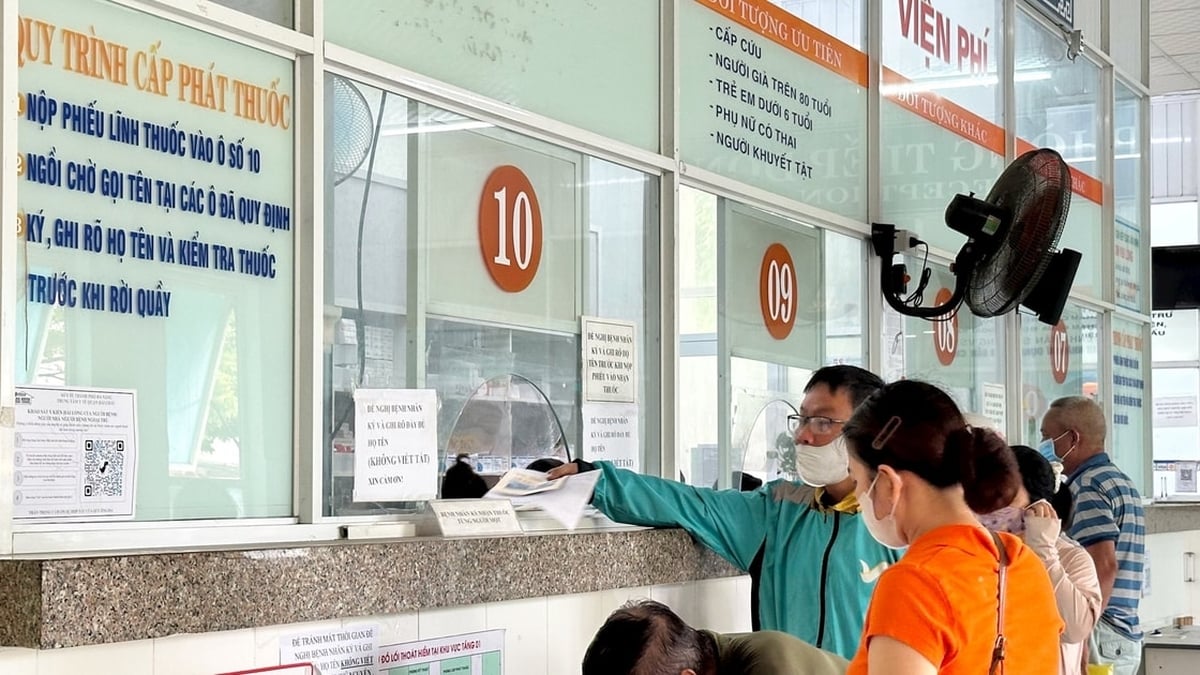
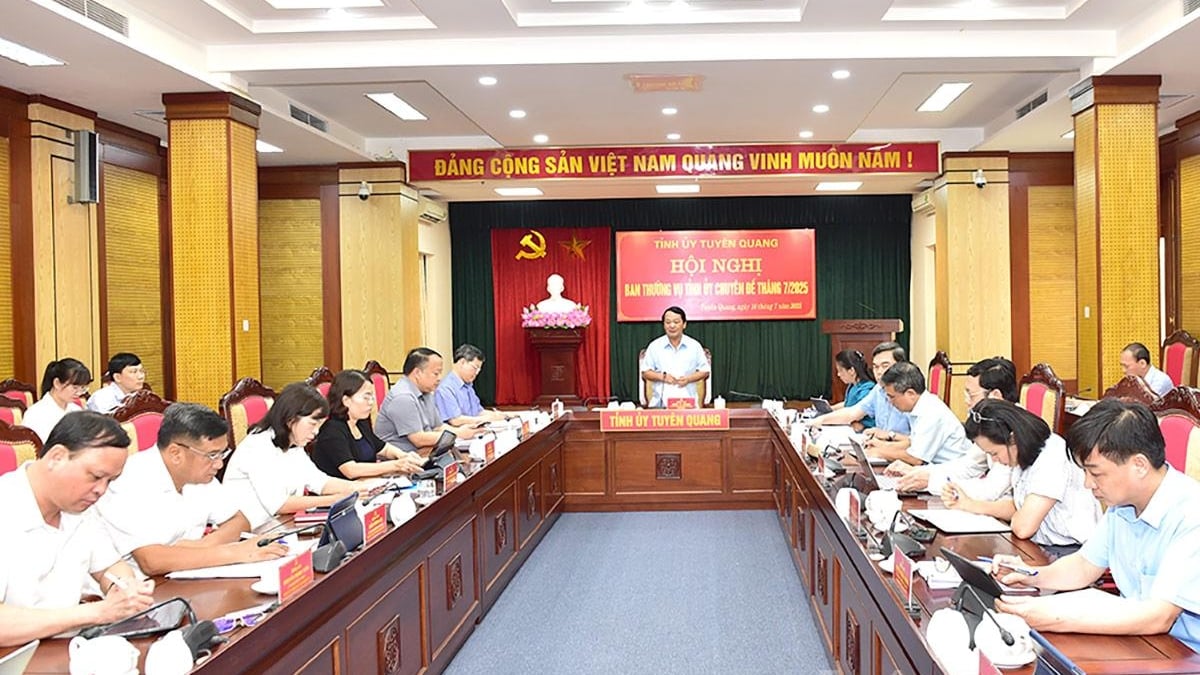
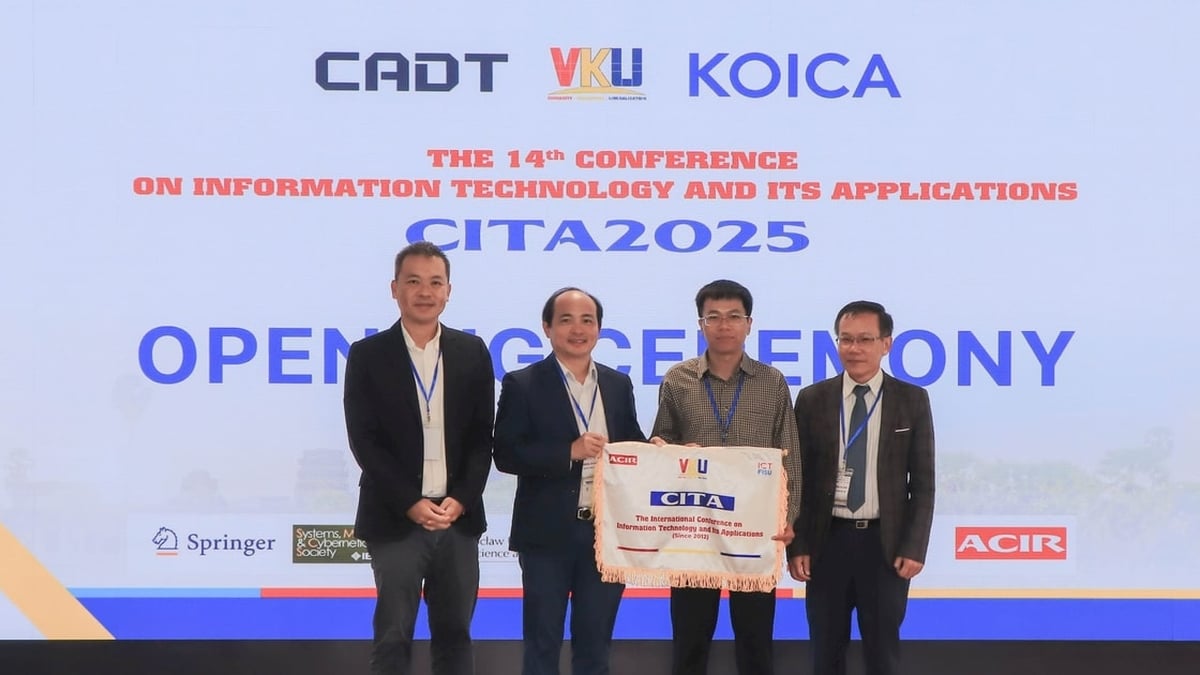
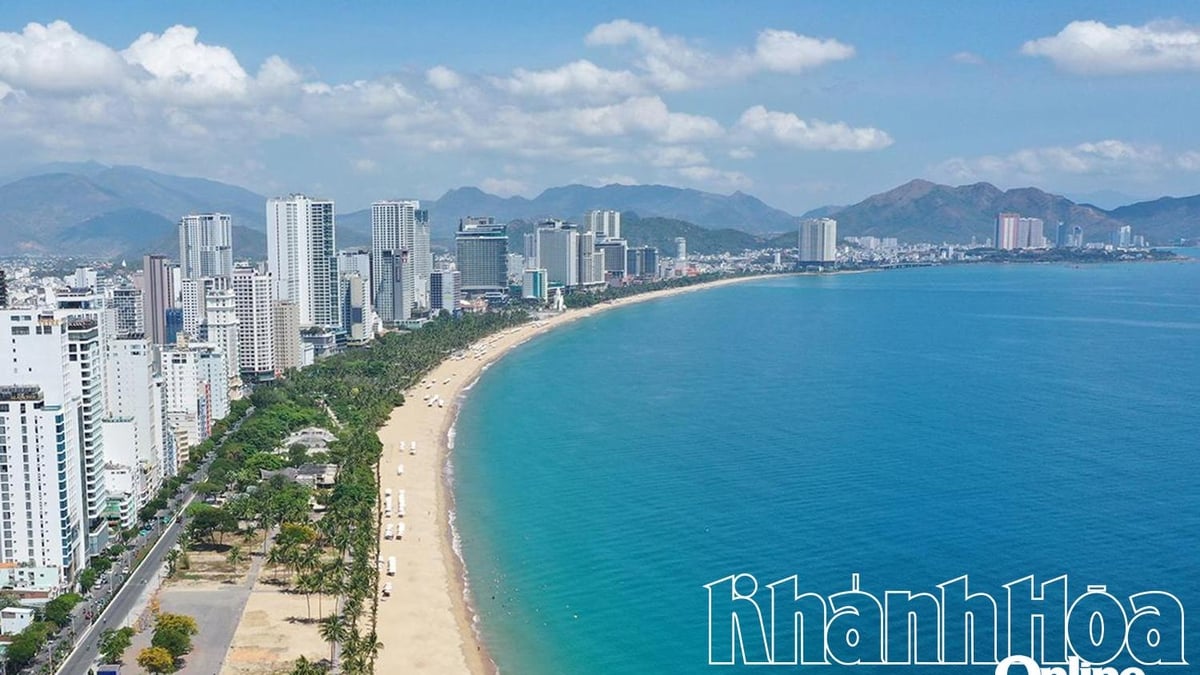

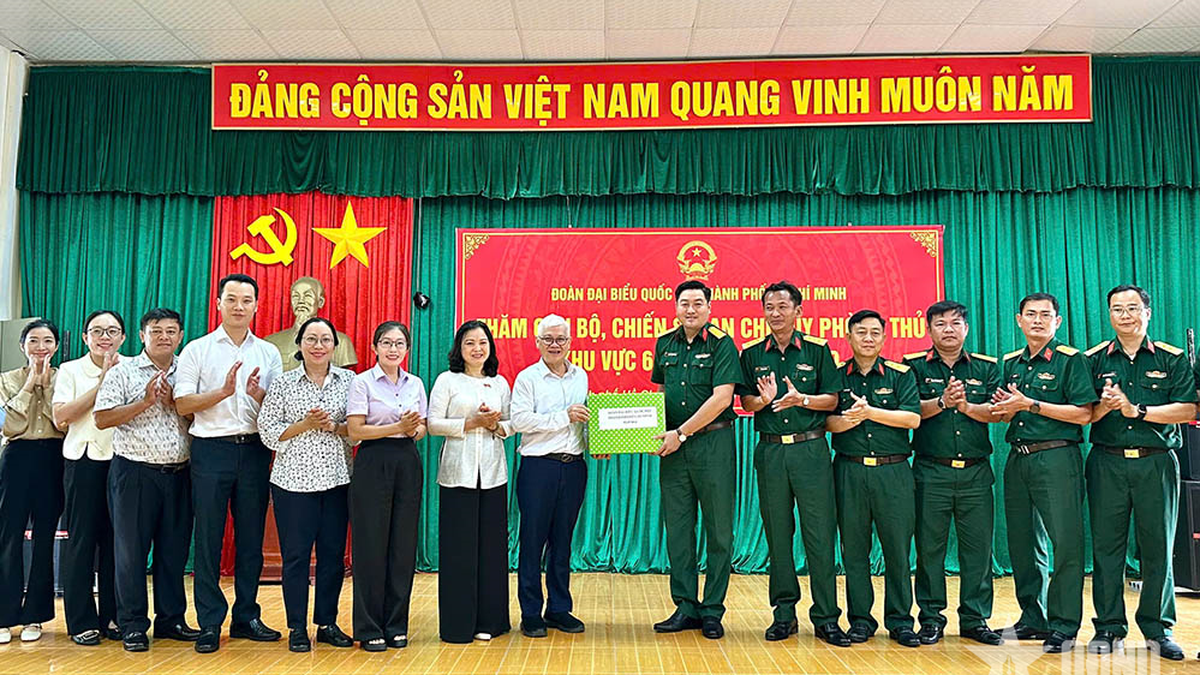











































![[Maritime News] More than 80% of global container shipping capacity is in the hands of MSC and major shipping alliances](https://vphoto.vietnam.vn/thumb/402x226/vietnam/resource/IMAGE/2025/7/16/6b4d586c984b4cbf8c5680352b9eaeb0)












































Comment (0)